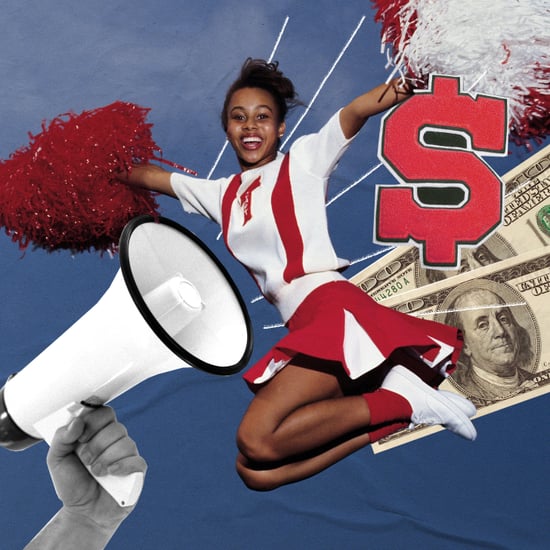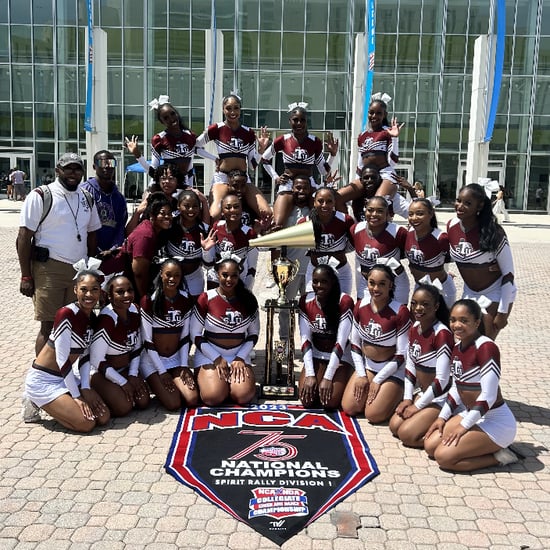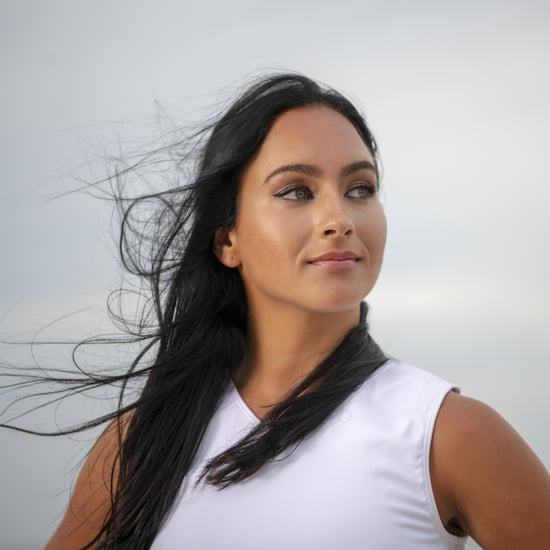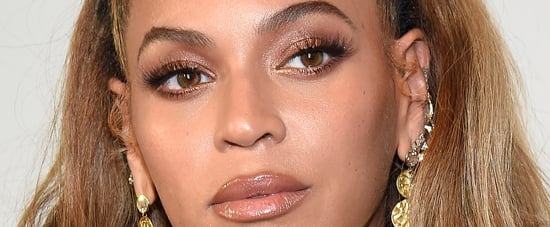Diversity in Cheerleading
How 1 ParaAthlete Team Represents the Changing Culture of Cheerleading
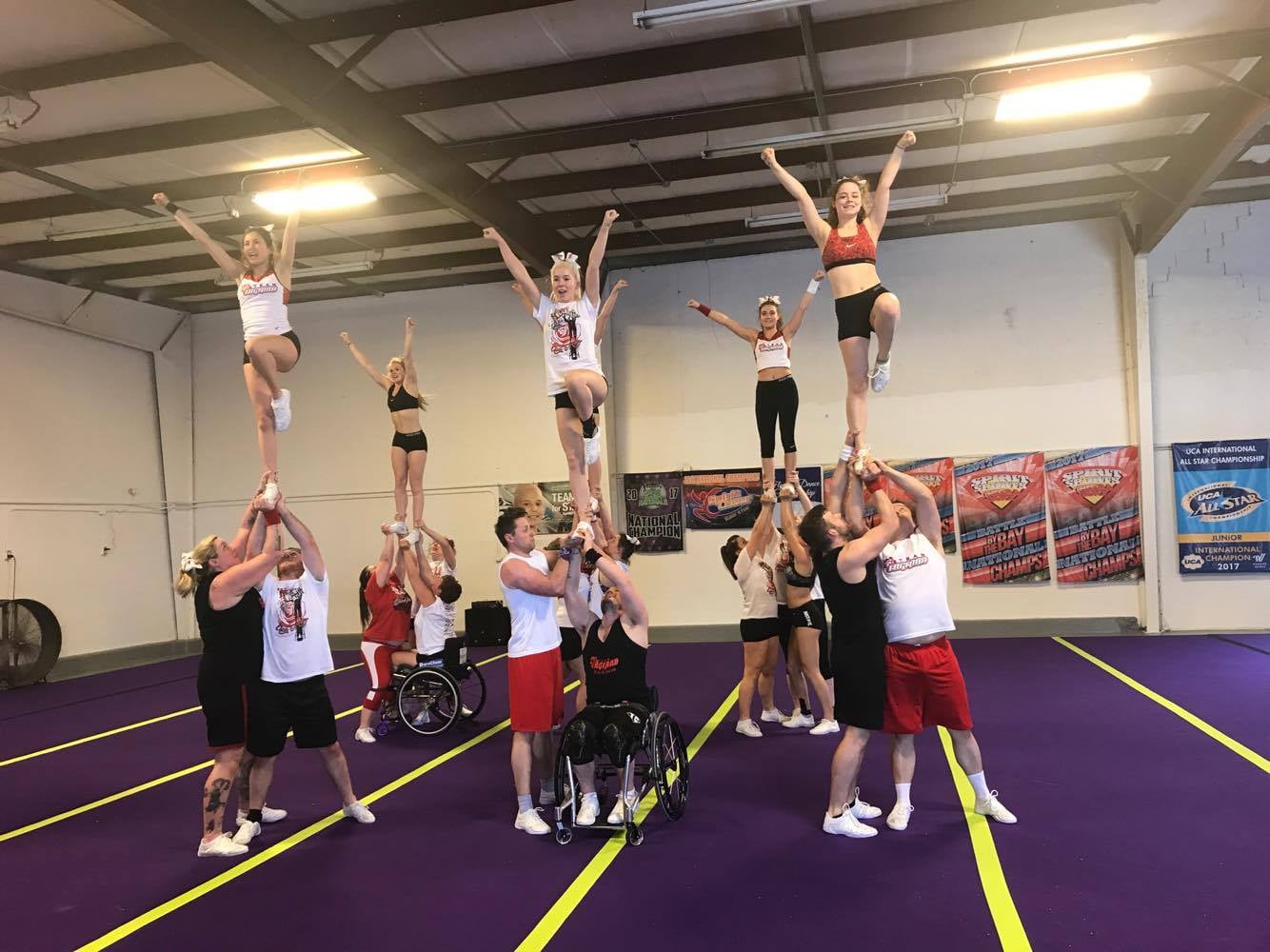
Wendy Armitage, 37, always loved dancing. She began teaching dance in her teens, and when she was in college, she set up a cheerleading squad for the football team on campus. Armitage loved cheering so much that she continued to coach even after graduating from college.
Then, at age 28, she was diagnosed with complex regional pain syndrome, a condition that causes immense pain in various parts of the body. That, combined with other health issues, eventually led Armitage to use a wheelchair. At one point, she thought she'd never cheer or compete ever again. That is, until Armitage joined Team England ParaCheer in her native UK, a team comprised of athletes both with and without disabilities.
"Being a part of Team England ParaCheer has been amazing," she said. "I have met people with such a variety of backgrounds and disabilities, and most of the time, I forgot who were the disabled athletes and who were nondisabled."
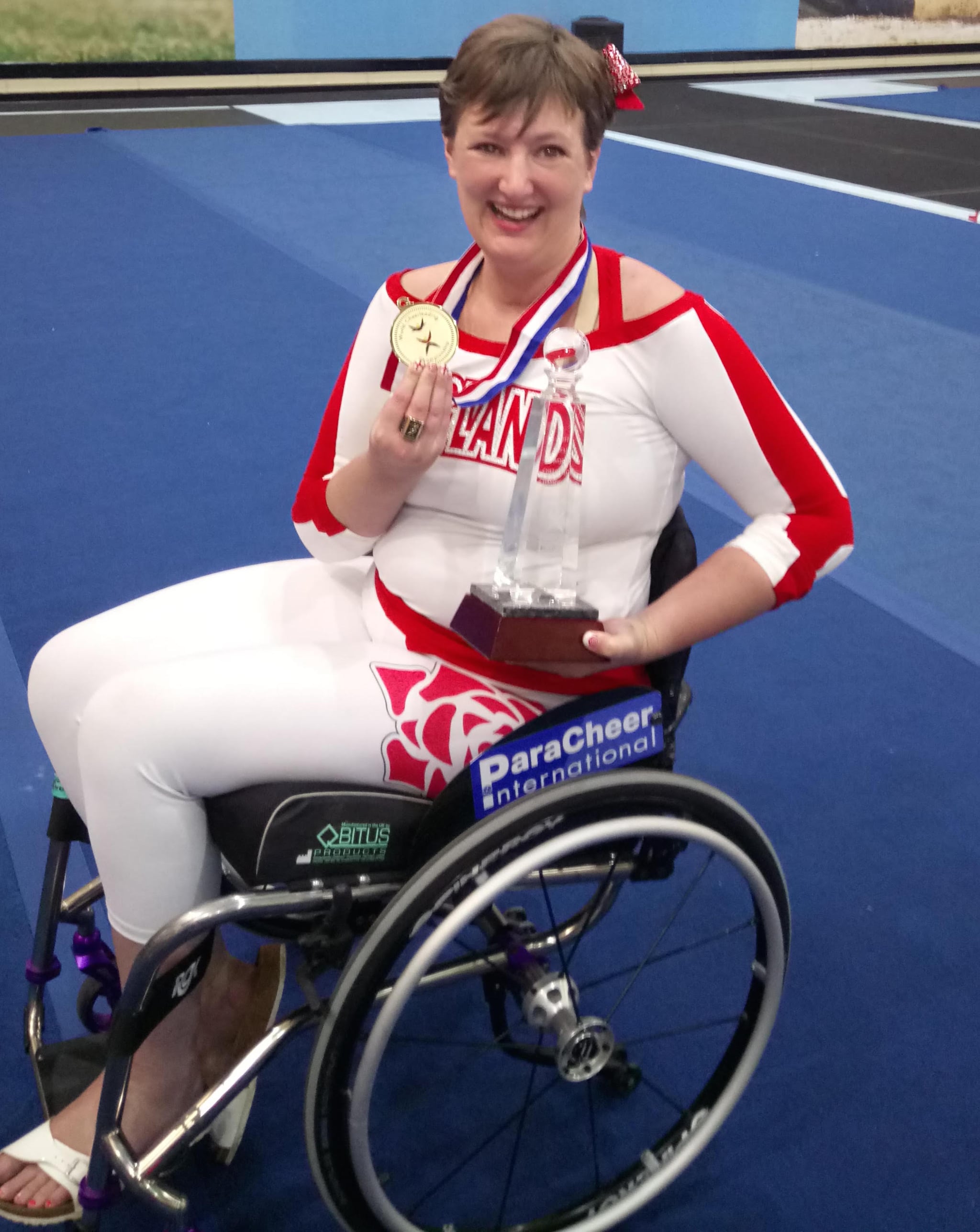
For many years, several major local, national, and international cheerleading competitions have featured teams with special needs. However, those performances and divisions have been "showcase" only, which means they are not included in competitions. That's why the participation of not one, or two, but five ParaCheerleading teams (including Team England ParaCheer) in competition at last month's International Cheerleading Union's World Championships in Orlando marks a huge milestone for the sport.
The three divisions — ParaCheer Unified Advanced, ParaCheer Unified Pom, and ParaCheer Unified Hip Hop — featured two teams from England and a team each from Costa Rica, Kazakhstan, and Wales. A team manager for Wendy, Jayme Rodgers, a former cheerleader for the London City Stars, was instrumental in taking Team England ParaCheer to the 2016 World Cheerleading Championship. Years ago, Rodgers performed with her husband, Rick Rodgers, across the UK. This was prior to Rick's accident — a non-cheerleading-related injury that led him to use a wheelchair full time. The pair continued competing at events like the European Championships in France in 2011 and the World Championships in Florida in 2011 and 2012. Their wheelchair stunt team was the genesis of UK charity ParaCheer International.
"The International Cheerleading Union were very supportive right from the beginning," Rodgers told POPSUGAR. "An influential cheerleading coach from the USA, Kenny Feeley, saw Rick performing in 2010 in the UK. He was the person who got him a performance slot at Worlds in 2011."
The ICU invited the Rodgerses to the US in 2014 to discuss the possibility of setting up a new division for athletes with physical challenges. Along with their coach from London City Stars, Joanna Cuthbert, the duo set up ParaCheer International. They held some introductory workshops to learn about working with a range of different abilities, and eventually, Team England ParaCheer was born. The initial groundwork also resulted in the development of scoring criteria and rules for the new ParaCheer divisions, which had to be tested for safety during competitive routines.
"There is still much development to be done in these areas, including the development of a classification system, which most para sports have in place," Rodgers admits. "But this could take quite a long time and so just getting the ball rolling and getting teams out on the floor is a huge milestone."
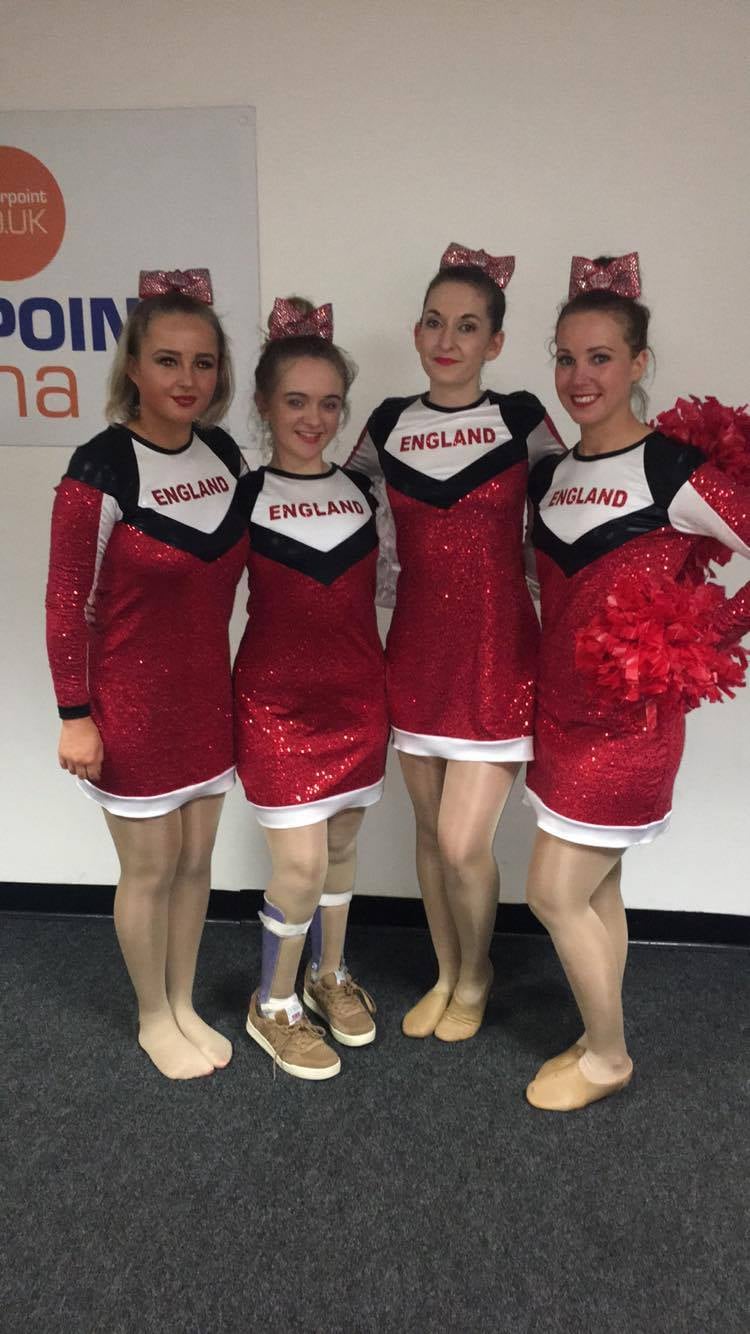
This sea change is just one example of how the culture of cheerleading is shifting in ways both big and small.
Cheerleading and the World of Sports
Last December, the International Olympic Committee (IOC) granted cheerleading the status of provisional Olympic sport. The IOC will reconvene in three years to decide whether to include cheer on its official sport roster, but the initial recognition is a huge boost for anyone connected to cheerleading.
The sport has struggled to find a space in the world of athletics over the years, despite the high levels of athleticism, endurance, and flexibility required by modern cheerleading. Some have argued that because cheerleading typically takes place on the sidelines of and in support of sports played by boys and men — with routines performed by women in tight, short skirts — it will never be a totally legitimate athletic pursuit in its own right. But as the modern iteration of the sport earns more recognition for the strength and skill it demands, cheerleaders of all genders increasingly flock to the sport. As cheer's most powerful institutions make way for more inclusivity, cheerleading seems increasingly poised to transcend its own stereotype.
"It used to be that you would only see slim, white girls cheering."
Cheerleaders Lead the Push For Diversity
In amateur cheerleading, transgender cheerleaders like Anry Fuentes have helped lead the charge to push the sport toward more inclusion, while a number of middle- and high-school athletes with Down syndrome, like Port Isabel, TX, varsity cheerleader Monica Gonzalez (featured in the video below) are proving to be valuable assets to their school squads. Beyond that, professional cheerleaders are speaking out and demanding better treatment and pay equity. Earlier this month, the Raiderettes were awarded a $1.5 million settlement over failed payments.
This shift is demanding greater respect within and outside of the cheerleading community for women and athletes of every gender and ability. It's also hugely encouraging about what the future of the sport could look like, say parents like Jennifer Lopez. Lopez's 5-year-old son Jonathan has Down syndrome and is on a special needs cheer team in Liberty, MO. The team competes regularly, and almost every competition includes about three or four special needs teams.
"It used to be that you would only see slim, white girls cheering, but Jonathan's gym is very diverse," Lopez said. "It has all races and sizes, and not just [on] the special needs team — all teams. They show that anyone can do this."
Nicky Presby's 13-year-old daughter Audrey is on a special needs cheer team called Invincible in Huntington Beach, CA, which takes an inclusive approach to placing young cheerleaders. "If you want to cheer and have the heart and drive for it and attend tryouts, you make a team," Presby said.
Audrey, who has Down syndrome and was diagnosed with idiopathic juvenile arthritis when she was almost 4, has received tremendous support and encouragement from her coaches.
"I love dancing and learning routines. I loved performing and learning new moves. My coaches and teammates are amazing," she told POPSUGAR.
"Making adaptations for all their different needs is one of the big challenges of coaching a ParaCheer team."
"For my daughter, being on a special athletes team was the best choice. She was able to keep up physically and highlight her strengths," Presby said. "The 2016-17 Invincible team had 13 athletes this year ranging in age from 11 to their early 30s. Some athletes have physical challenges, while others have differing cognitive abilities, while others have both. Our coaches find each athlete's strength and highlight it in the routine."
Cheer Culture Is Changing
Team England ParaCheer won the Unified Advanced division this year. Their teams were comprised of 43 athletes, five coaches, and four management team members. Their Unified Pom team was all female, while the Unified Cheer team consisted of six males and 19 females. The pom team had 28 percent members with disabilities and the cheer team 40 percent members with disabilities. "We have one team member who had a stroke when she was only 21, another with cerebral palsy, and one who has frequent nonepileptic seizures," Rodgers said. "Making adaptations for all their different needs is one of the big challenges of coaching a ParaCheer team."
Being a part of the team and competing in Orlando have proved great experiences for all participants.
"ParaCheer has really opened up doors for disabled athletes like myself who otherwise would not make a high-level team," said Emily Alner, 34. Alner has Ehlers-Danlos syndrome, a condition affecting the connective tissues. "After being part of the showcase team in 2016, I really wanted to be part of the first competitive team."
"Our hope is that in seeing this, the wider public will start to understand that with the right support and environment, people with disabilities can achieve pretty amazing things," Rodgers said.

